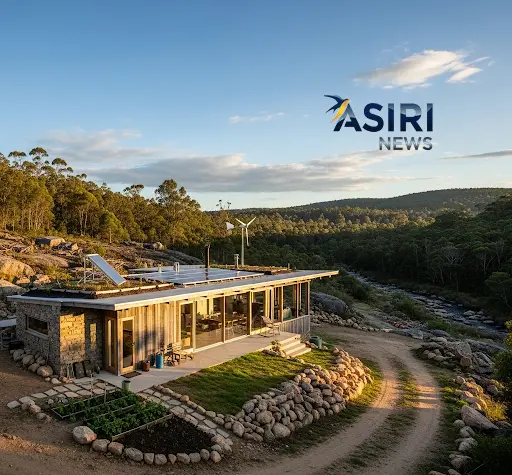A quiet revolution is underway in the American housing market. Driven by a desire for lifestyle autonomy and environmental resilience, a growing number of people are looking to trade city life for the countryside. A recent surge in mortgage applications for rural and off-grid properties points to a major demographic shift, one that is reshaping how we define “home.” This trend is fueled by soaring urban living costs, the proliferation of remote work, and a deep-seated yearning for self-sufficient, sustainable living.

The statistics are telling. Since the beginning of the COVID-19 pandemic, mortgage applications for homes in rural areas have increased by a stunning 80%. This disproportionate surge in demand has had a noticeable impact on the housing market, with rural property prices jumping by 64% since 2019, compared to a 42% increase in urban areas. While this growth has narrowed the gap, rural homes remain approximately 14% more affordable on average, making them an attractive alternative for those priced out of city life.
This new wave of homeowners is motivated by more than just financial savings. The rise of remote work has given many the freedom to live and work from anywhere, leading them to seek out more space and a connection to nature. The allure of off-grid living, once associated with doomsday preppers and hippies, has broadened to include young professionals and families seeking a back-to-basics lifestyle. This desire for self-sufficiency extends to energy, water, and food, with new technologies making a truly autonomous lifestyle more attainable than ever.
However, the path to living off-grid is not without its significant challenges. Experts caution that it comes with a steep learning curve and a high degree of physical and mental demand. The initial investment for a self-sufficient system is often substantial, requiring the purchase and installation of solar panels, battery banks, water collection systems, and backup generators. The National Renewable Energy Laboratory estimates off-grid systems require up to 40% more panel capacity than grid-tied systems.
Beyond the initial costs, off-grid residents must become fluent in energy management, consumption monitoring, and system maintenance. Weather dependency is a real concern, as cloudy periods can reduce solar energy production by up to 80%, requiring careful planning to avoid power loss. Moreover, while a self-sufficient lifestyle can bring a sense of freedom, it can also lead to social isolation and limited access to amenities and emergency services. This growing trend is a testament to a long-term shift in values, where home is no longer just a place to live, but a statement of autonomy and resilience.



